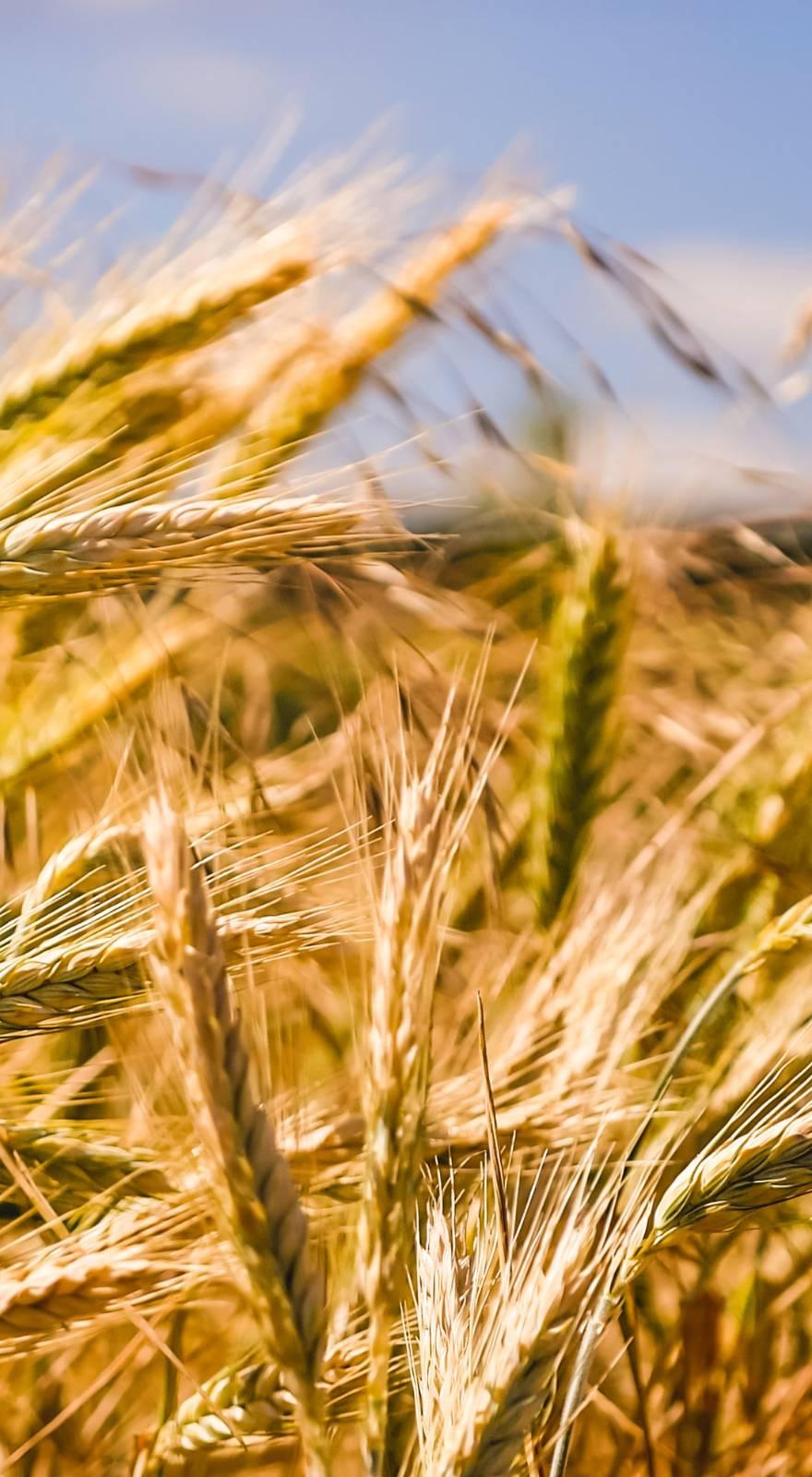Knowde Enhanced TDS
Identification & Functionality
- Agrochemical Functions
- Technologies
- Product Families
- Principal Functioning Agents
Alkyl amine ethoxylate and Hydrogen sulfate 54.10% Constituents Ineffective as Spray Adjuvants 45.90% TOTAL 100.00%
Features & Benefits
- Agrochemicals Features
Applications & Uses
- Markets
- Applicable Crop
- Directions For Use
USE THIS PRODUCT ONLY AS SPECIFIĘDON LABEL. Use Rate: As a water conditioner: 1 pint to 1quart per 100 gallons of spray solution. As a water conditioner plus surtactant: 1 quart to 2 quarts per 100 gallons of spray solutfon. As a water conditioner, sufactant, and herbicide activator: 1guart to 3 quarts per 100 gallons of spray solution. GlyLoadTM adjuvant should be added to the spray water with adequate agitation prior to the addition of glyphosate, glufosinate, paraquat or acid formulated herbicides. Fill the tank half full, add GlyLoad, TM finish filling, then add the recommended amount of herbicide. If tank mixing with other components conduct a jar test to ensure compatibility. The addition of an adjuvant such as GlyLoadTM to some herbicides or tank mixes might cause phytotoxicity. Users should have experience or conduct a phytotoxicy trial before using Glyload in a cropping situation. NOT FOR AQUATIC USE.
Properties
- Physical Form
Safety & Health
- Safety
- HAZARD STATEMENT: HARMFUL IF SWALLOWED. MAY CAUSE AN ALLERGIC SKIN REACTION. CAUSES SERIOUS EYE IRRITATION. MAY CAUSE RESPIRATORY IRRITATION. VERY TOXIC TO AQUATIC LIFE. Have the product container label with you when calling a poison control center or doctor, or going for treatment. You may also contact 1-800-222-1222 for emergency medical tratment information.
- PRECAUTIONARY STATEMENT Avoid breathing mist/ vapors/ spray. Wash thoroughly with soap and water after handling. Do not eat, drink or smoke after using this product. Use only outdoors or in a well-ventilated area. Take off contaminated clothing and wash it before reuse. Specific treatment see First Aid section on this label or Safety Data Sheet. Store locked up. Dispose of contents/ container according to instructions in the Storage and Disposal section on the label.
- PERSONAL PROTECTIVE EQUIPMENT Wear protective gloves / protective clothing / eye protection/face protection.
- ENVIRONMENTAL HAZARDS Do not contaminate water by cleaning of equipment or disposal of wastes. Use this product only as specified on label.
- PHYSICAL OR CHEMICAL HAZARDS Wash LOAD OUT-CA spillage off thoroughly. The same precautions should be observed in equipment stored after use. If LOAD OUT-CA concentrate contacts clothing, flush with water
First Aid
- IF SWALLOWED Wash out mouth thoroughly with water. Get medical attention. Contact a Poison Control Center. Do not induce vomiting
- IF ON SKIN Skin Immediately flush with plenty of water while removing contaminated clothing. As soon as soap is available, wash thoroughly with soap and water. Wash clothing before reuse.
- IF INHALED None normally needed. Remove to fresh air if breathing is difficult. Give oxygen and call a physician.
- IF IN EYES Immediately flush with plenty of water for at least 15 minutes. Get medical attention.
Storage & Handling
- Storage
STORAGE AND DISPOSAL DO NOT CONTAMINATE WATER, FOOD OF FEED BY STORAGE OR DISPOSAL.
Do not store at temperatures above 140°F. DISPOSAL: Triple rinse container and pour rinsate into spray tank. Do not reuse container. Recycling decontaminated containers is the best option of container disposal. The Agricultural Container Recycling Council (ACRC) operates the national recycling program. To contact your state and local ACRC recycler visit www.acrecy- cle.org. Dispose of contents/container in accordance with local/national regulations.

